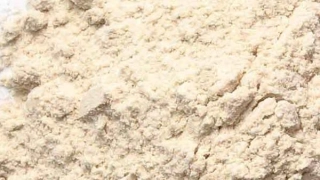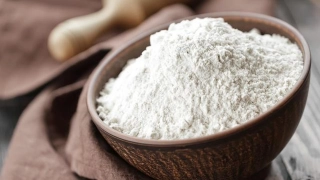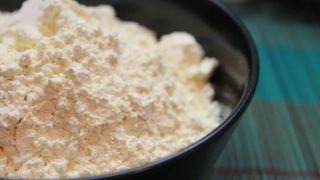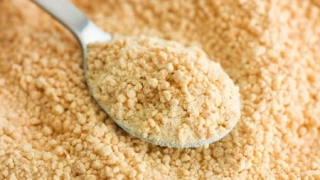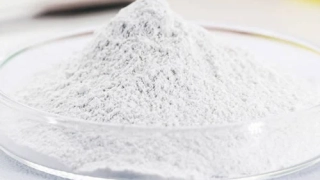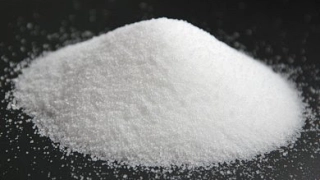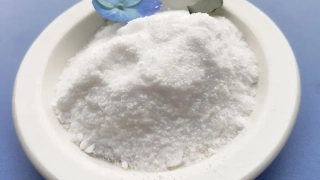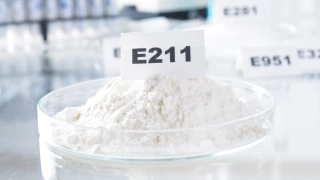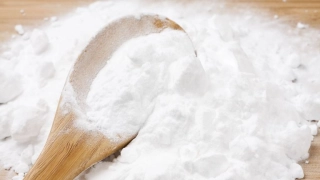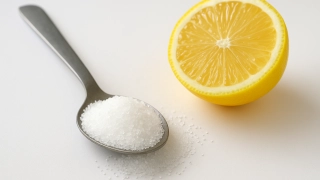Carrageenan (E407): Taste Profile, Aroma, Benefits and Health Risks
Carrageenan (E407) is a group of sulfated polysaccharides extracted from certain red seaweeds. It is widely used in the food industry as a thickener, stabilizer, and gelling agent, prized for its ability to create smooth, creamy textures and improve product stability.
Carrageenan is considered safe for most individuals, including those with gluten intolerance, and is not known to cause allergic reactions. Rarely, excessive intake may cause digestive discomfort in sensitive people.
What does Carrageenan (E407) taste like?
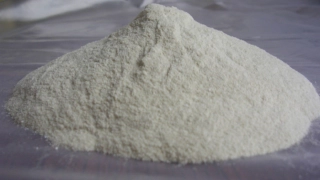
Complete Sensory Description:
-
Taste: Carrageenan is virtually tasteless in food applications, imparting no detectable flavor when used at approved levels.
-
Aroma: It is odorless both as a raw material and in finished products.
-
Texture: Its key sensory contribution is to texture: carrageenan creates a creamy, gel-like, or thick consistency depending on type and concentration, and is responsible for the smooth mouthfeel in many dairy and non-dairy foods.
-
Appearance: In pure form, carrageenan is a white to off-white powder. In food, it is fully dissolved or forms transparent gels, invisible to the consumer.
In-depth Flavor Analysis:
Carrageenan consists of long-chain sulfated polysaccharides that bind with water and milk proteins to form gels or stabilize emulsions. At the molecular level, this leads to improved viscosity, suspension, and stability without altering taste. Different types (kappa, iota, lambda) provide varying textures, from firm gels to smooth, pourable liquids. Carrageenan does not interact with flavor compounds, allowing natural and added flavors to remain clear and distinct.
Varieties and Culinary Applications:
Carrageenan is found in a variety of foods, such as chocolate milk, ice cream, plant-based milks, puddings, processed meats, and jellies. Each type (kappa, iota, lambda) is chosen based on the desired texture. In vegan and vegetarian products, carrageenan is a key alternative to gelatin. It is not typically used in home cooking but is common in commercial products.
Selection and Storage:
Carrageenan is sold as a powder for food use, in sealed, moisture-proof packaging. Store in a cool, dry place, tightly closed to prevent moisture absorption. Proper storage ensures long shelf life and consistent thickening properties.

Nutritional Insights:
Carrageenan is not digested or absorbed in the human body and provides no calories, vitamins, or minerals. It acts as a source of soluble dietary fiber but is present in foods at levels too low to contribute significantly to daily fiber intake.
Expert Insights & Culinary Tips:
Food technologists use carrageenan to enhance creaminess and stability in dairy and dairy alternatives, as well as to improve the sliceability and texture of processed meats. The right type and dosage are crucial for optimal results—excess can cause overly firm or rubbery textures.
Interesting and Curious Facts:
Carrageenan has been used in food for centuries, with traditional applications in Irish and Asian cuisines. Its commercial use began in the 20th century as food science advanced. Modern food safety authorities recognize carrageenan as safe, but it remains a topic of debate regarding digestive effects when consumed in very large amounts.
Harm and Dietary Considerations:
Carrageenan is safe for most people at permitted food concentrations. Rarely, sensitive individuals may experience mild digestive discomfort or soft stools. Concerns about degraded carrageenan (poligeenan) do not apply to the food-grade additive. No allergenic or toxic effects are associated with standard food use.
Religious Dietary Considerations:
Carrageenan is plant-based and permitted in Halal, Kosher, vegetarian, and vegan diets.
Final Thoughts & Sensory Journey:
Carrageenan (E407) works quietly behind the scenes, providing smoothness, creaminess, and stability—perfecting textures without changing flavors.
Resources:
-
Belitz, H.-D., Grosch, W., & Schieberle, P. (2009). Food Chemistry (4th Edition). Springer. ISBN: 978-3540699330 (E407)
-
Branen, A. L., Davidson, P. M., & Salminen, S. (2001). Food Additives (2nd Edition). Marcel Dekker. ISBN: 978-0824704382 (E407)
-
Imeson, A. (2010). Carrageenan. Wiley-Blackwell. ISBN: 978-1405183588 (E407)
